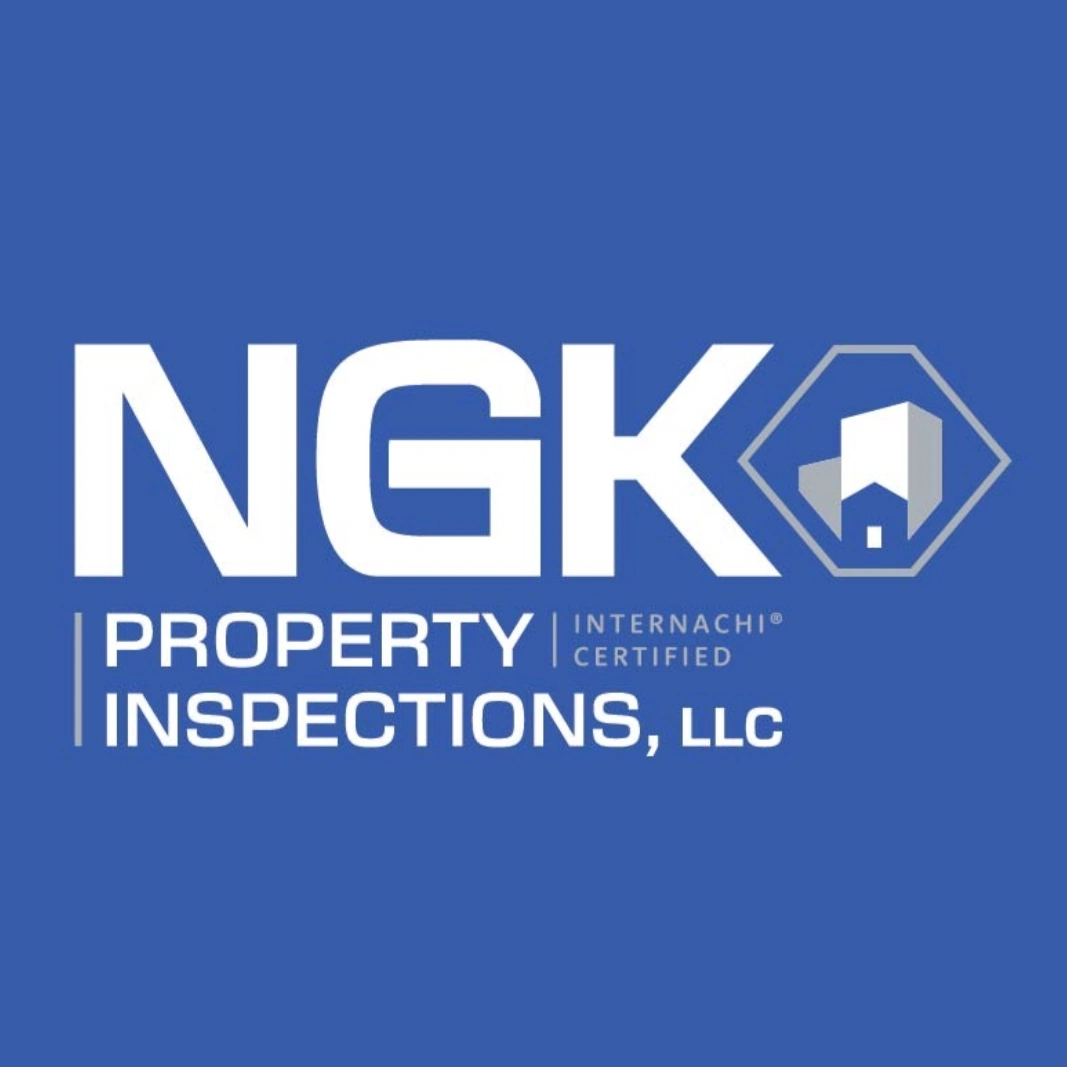Beyond the Four Points: How Wind Mitigation Can Slash Your Home Insurance!
- NGK Property Inspections

- Oct 1
- 4 min read
Updated: Oct 4

As a home inspector in central Florida, I spend a lot of time looking at roofs, electrical panels, and plumbing – the "four points" that insurance companies care about for general property risks. But living in Florida, there's another crucial inspection that often gets overlooked, yet can have a massive impact on your homeowner's insurance premiums: the Wind Mitigation Inspection.
Why Wind Mitigation? Because We're in Florida! 🌀
We all know the drill: hurricane season is a very real thing here in the Sunshine State. Insurance companies are acutely aware of the damage high winds can cause, and they price their policies accordingly. This is where a wind mitigation inspection comes in. It's a specialized assessment of your home's ability to withstand high winds, and demonstrating those protective features can lead to significant discounts on the windstorm portion of your insurance premium.
Unlike the four-point inspection which focuses on general condition and age, wind mitigation looks at specific construction features designed to minimize wind damage.
What Do We Look For in a Wind Mitigation Inspection? 🧐
During a wind mitigation inspection, I'm essentially looking for features that make your home more resilient against hurricane-force winds. There are typically seven key areas we assess:
Roof Covering: When was your roof installed? Newer roofs installed after March 1, 2002, often qualify for discounts due to stricter building codes that require better attachment methods.
Roof Deck Attachment: How is your roof sheathing (the plywood or OSB under the shingles) attached to the trusses or rafters? Stronger attachments (e.g., 8d nails spaced closer together) significantly reduce the chance of the roof deck being uplifted by wind.
Roof-to-Wall Attachment: How is your roof connected to the walls of your house? Are there hurricane clips, straps, or toe-nails? Clips and straps provide much stronger resistance to uplift than just toe-nailing.
Roof Geometry: What shape is your roof? Hip roofs (those that slope on all four sides) generally perform better in high winds than gable roofs (A-frame style) and often qualify for discounts.
Secondary Water Resistance (SWR): Does your home have an extra layer of protection under the roof covering, like a "peel and stick" self-adhering membrane? This prevents water intrusion even if the primary roof covering is damaged or blown off.
Opening Protection: Do you have protection for all your windows and doors? This includes hurricane-rated shutters, impact-resistant windows and doors, or even plywood cut to size and ready for deployment. The goal is to prevent pressurized air from entering your home and causing the roof to blow off from internal pressure.
Garage Doors: Often overlooked, an unreinforced garage door can be a major weak point. We check if your garage door is impact-rated or has horizontal bracing to prevent it from failing.
How These Features Translate to Insurance Savings in Florida 💸
Each of these features, when present, reduces the risk of major damage to your home during a windstorm. And reduced risk for the insurance company means reduced premiums for you!
Here in central Florida, especially with many homes built before the stricter building codes of the 2000s, homeowners can often discover hidden savings through a wind mitigation report. For example:
A new roof installed to current codes almost always results in a discount.
Hurricane clips or straps on an older home that you might not even know you have can lead to savings.
Impact-rated windows or shutters are a huge plus for insurers.
A hip roof versus a gable roof will often net you a discount.
I've seen homeowners save hundreds, and sometimes over a thousand dollars annually, on their premiums simply by having a wind mitigation inspection done and submitting the report to their insurer. The cost of the inspection itself is usually recouped many times over in the first year alone!
My Advice to Florida Homeowners 💡
Get an Inspection (Especially for Older Homes!): If your home was built before 2002, you are almost guaranteed to benefit from a wind mitigation inspection. Even newer homes can sometimes have features that weren't properly documented.
Provide Documentation: If you've replaced your roof or windows, keep all documentation, permits, and receipts. This makes the inspection process smoother and can help verify the age and quality of the installations.
Consider Upgrades: If your inspection shows deficiencies, talk to your inspector or a qualified contractor about cost-effective upgrades. Sometimes adding hurricane clips or reinforcing a garage door can be a relatively inexpensive way to unlock significant insurance savings.
Share with Your Insurer: Always submit the official wind mitigation report to your insurance company or agent. They are legally required to offer discounts for qualifying wind resistive features.
Re-inspect with Major Changes: If you get a new roof, new windows, or make other structural improvements that affect wind resistance, get a new wind mitigation inspection to reflect those upgrades and maximize your savings.
Don't let potential insurance savings blow away with the wind! A wind mitigation inspection is a smart investment for any Florida homeowner, providing peace of mind and often a hefty discount on those ever-increasing insurance premiums. If you're ready to see how much you can save, give us a call!




Comments